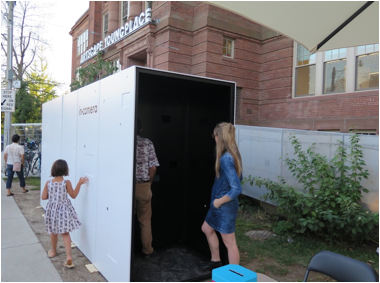Surface and Light: Thinking through Moving Images
Melanie Wilmink
In his book What Painting Is, art historian James Elkins compares painting to alchemy in a metaphor that provides a “language for thinking in substances and processes”, where the vocabulary of the material disrupts art historical criticism that centres on representation, meaning and biographies, rather than on the object itself (4; emphasis in original). Although it is less obvious to the spectator, the process of making is integral to the work, as traces of the artists’ gestures corporealise “liquid thought” (5). For Elkins, the paint acts as a three-dimensional and temporal mould for cognition, including physical gestures, decisions about mark-making, the artists’ emotions, and reactions to what has happened to the surface. This idea offers a way to observe these immaterial processes as a spectator, to describe the poetic interrelation of the artist’s body and the painted surface, and to bring the unspeakable into an art-historical critique. The spectator is never passive in an artwork—rather, our bodies and perspectives always actively produce meaning through our being in the world, relating to objects, ideas, and other people around us. The unfolding relationship between spectator and artwork becomes a powerful way for art to operate on multiple dialogical levels; accordingly, it is crucial to consider both the conceptual and material interrelations that shape how we engage with art objects and develop an understanding of them. In this paper, I will introduce how this methodology developed through my curatorial practice and has folded into my academic work, including my doctoral project.
While this physical layering of body and material might seem obvious in painting, it is not as straightforward in the projected image of cinema. I maintain that because the moving image operates both spatially and temporally, it provides a rich situation for spectators to come up against the durational and embodied activity of making. Film theorist Vivian Sobchack suggests that the film image “looks back” at us as a relational activity of “mutual resilience and resistance […], or a back-and-forth exchange” that mimics human intersubjective relations (24). As with any human encounter, it is impossible to fully know the other subject, so the encounter becomes a process of finding shared ground and negotiating understanding rather than a clear and accurate transfer of meaning. My doctoral research investigates this process using media installation art that builds immersive worlds, while simultaneously revealing and deconstructing the apparatuses that shape spectatorial experience. At the same time, I maintain a curatorial practice that stages this interest in spectatorship as relational encounters between artwork and viewer. Within these projects I see the role of the curator not as the person who sets topics for discussion, but instead creates spaces for being and sharing together. The artwork becomes an entry point into a conversation that is determined not by the artist, the artwork, the curator, the venue, or the spectator alone—rather it is established through the convergence of all parties. As someone who seeks to mediate that encounter, the theoretical grounding from my doctoral work provides valuable insights into how that relationship unfolds, and what it is that one might do to facilitate it.
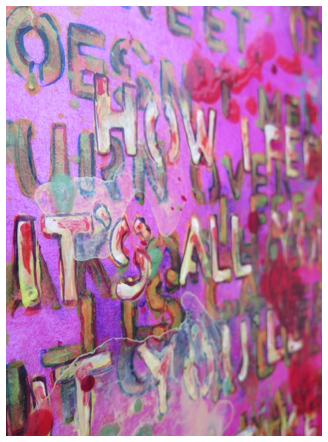
Figure 1: Close-up of Heart to Heart (2017) by Melanie Wilmink. Photo Credit: Melanie Wilmink.
These ideas emerged through my work as a painter and printmaker during my BFA degree, and subsequent employment at the Calgary Society of Independent Filmmakers (CSIF). As the Programming Coordinator (2008–2012), I produced the $100 Film Festival (now Artifact Small Format Film Festival)—an annual event dedicated to short films shot and finished on Super 8 or 16mm. When the festival started this was a common format; however, as technology advanced, the submissions became primarily experimental. This meant that the festival had to put more effort into creating context around works that were often challenging for audiences. My duties included arranging the jury-selected films into individual screenings and creating dialogue around them. To accomplish this, I drew on my training as a visual artist, approaching the programming of short films as if it were a gallery exhibition and compiling works based on visual or intuitive connections, rather than overt themes. I also conceptualised the temporal experience of viewing works in sequence as if they were spatialised, taking the spectator on a journey that included both action and restfulness arranged in tension with one another.
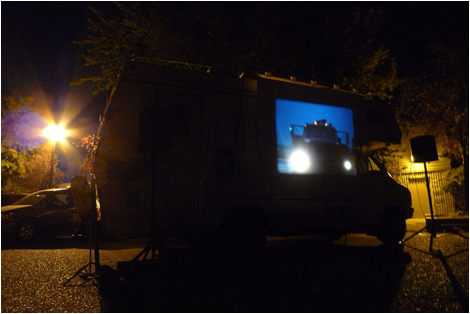
Figure 2: Urbanity (2009) – Whitehorn location.
Photo credit: The Calgary Society of Independent Filmmakers.
In one of the first major gestures of literally spatialising film exhibition, I designed a one-off project called Urbanity. Co-organised by CSIF and Truck Gallery, this project used Truck’s CAMPER (Contemporary Art Mobile Public Exhibition Rig) as a residency and exhibition venue. Situated in a travel trailer, the project migrated from the cinema into the public space of the city, with diverse locations ranging from downtown, to a Northeast suburb, the University of Calgary, and CSIF’s offices on a decommissioned army base. At each stop, filmmaker-in-residence Kyle Whitehead spent a week shooting and hand-processing Super 8 films, and we hosted a curated programme that was projected on the side of the vehicle. By placing both art-making and art exhibition in the space of the city, Urbanity entangled the durational processes of creating and looking, implicating both the spectator and the environment around them in the reading of the films. It was a conversational form of spectatorship that emphasised the always-in-the-making quality of interpretation.
In 2012, I left CSIF and began my master’s degree at the University of Regina, where I worked with researchers who were similarly interested in the conceptual blurring between the art gallery and cinema space. [1] After a subsequent move to Toronto, I renewed my curatorial practice through the Pleasure Dome media arts exhibition collective. Building from my master’s research around aura and immersivity, I incorporated material elements into traditional single-channel screenings, imagining the cinematic event as not merely the time between titles and credits, but also the time before and after the screening. This gesture is most visible in my 2015 Radiant Bodies programme, which highlighted films that spoke to the entanglement of human bodies and the radiant properties of cinema. Loosely structured around Daniel McIntyre’s Lion (2014) series, the rest of the films also referenced luminosity in film and the environment, as well as the power and dangers of radioactivity. We exhibited in Toronto’s CineCycle—an ad-hoc venue down a back alley, which is a bicycle shop by day and a screening space at night. Although CineCycle holds a special place in Toronto’s film scene, its aesthetic is rough; the alley leading there is dark and full of potholes, and the interior can be dusty, poorly ventilated, and uncomfortable. To address these issues and extend the connection between the programme and the venue, I altered the alleyway with candles and signage, leading spectators from the street to the building. Inside the space, I incorporated snacks and a thematic cocktail, which built a sense of sociability before the screening even started.
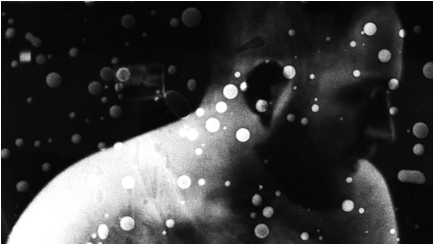
Figure 3: Still: Lion, film seven: Dust (2014) by Daniel McIntyre. Photo credit: Daniel McIntyre.
After the programme, filmmakers were invited up for a short talk-back. Instead of a Q&A, filmmakers were asked to present mini artist talks, and then respond to connections that they saw between their work and the other films. When asked about this format, Daniel McIntyre commented that it enabled:a different method of engaging with an audience and led to an opening of the works on display, asking the audiences to step inside to see how they were formed, rather than just look at the result. I had many discussions with viewers afterward that were glad to have this opportunity as it allowed them to access and open a work that could be more closed.
While the focus on artistic process is important, this approach was also valuable because it made visible the process of reception—of seeing a series of works together for the first time and drawing connections between them. Audiences watched the artists trace connections over the duration of the programme, pulling out key moments or beautiful synchronicities.
By positioning the “pre” and “post” of the screening as part of the spectatorial event, my curatorial practice integrates Mary Anne Doane’s notions of eventful and dead time. Doane observes that the live continuity of the spectator’s viewing experience exists in tension with the time that is deemed worthy of recording, as well as the lost time that is referenced in the splices between frames and sequences of cinema. The production of meaning occurs somewhere in this circulation between “our” spectatorial time, the film’s time, and the gaps where time is left out of the film. For Doane, this is most obvious in works of historical documentation or re-enactment of the real, but these ideas are broadly applicable to the viewing experience of moving image, no matter what the content may be. Within the Radiant Bodies programme, this microcosm of “spectator”, “film”, and “gaps”, played out inside the individually contained films, over the length of the programme as a whole (with films sequentially spliced by a pause), and then also within the moments before and after the screening. Time dilated and contracted around the moving images to alternately immerse the viewer in the experience of watching, and then reveal the apparatuses which structure that gaze. By linking these concepts to a curatorial practice, I can precipitate the visuospatial and temporal fields of spectatorship into an actual experience of viewing.
This relational quality was articulated spatially for The Situated Cinema Project; in-camera (2015), curated with Pleasure Dome. Created by filmmaker Solomon Nagler, in collaboration with architects Thomas Evans and Jonathan Mandeville (passage studio), this project consisted of a mobile micro-cinema architecture that lived in the public space of downtown Toronto for ten days. Constructed as a modular cuboid that resembled a shipping container, the cinema enabled viewing from multiple angles: 1) through a niche with viewing portholes on one end, which allowed spectators to look across the central void of the structure, over a looping 16mm projector and onto a Plexiglas screen, 2) from the opposite side where viewers could enter the structure, close a door and come up against the screen itself, and 3) from perforations along the side of the structure. Viewers shifted between these positions to engage the moving image from various angles and distances, where they could occasionally observe other viewers spectating. Located in three different spaces in the city, the structure invited pedestrians to encounter the moving image in a sculptural and performative way, pushing up against the screen to view, and be viewed, as part of the installation. I have worked through the conceptual underpinnings of this project in several presentations and published articles, connecting the Situated Cinema’sspectatorial functionality with my academic theorisation around memory and embodiment, haptic visuality, performative spectatorship, and artistic interventions into public space (“Doorways”; “Light Leaks”).
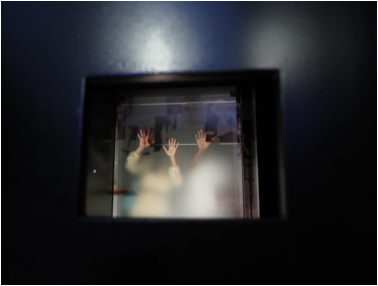
Figure 4 (above): The Situated Cinema Project; in camera (2015) – Artscape Youngplace.
Figure 5 (below): The Situated Cinema Project; in camera (2015). Photo credits: Melanie Wilmink.
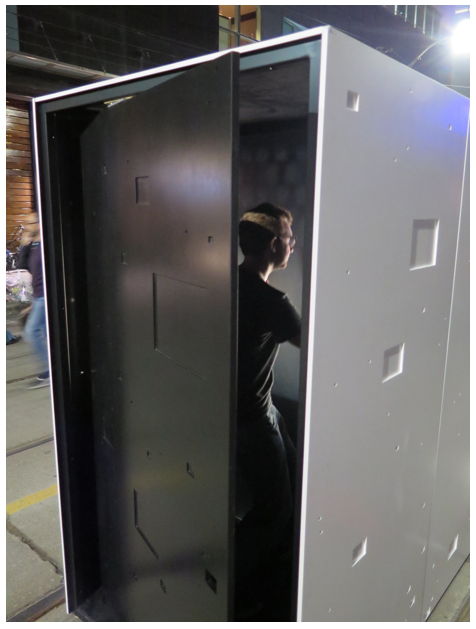
Figure 6: The Situated Cinema; in camera (2015) –TIFF Festival Street. Photo credit: Melanie Wilmink
In my doctoral degree, I have struggled to reconcile how this practice fits into the theory, and vice versa. There is value in the materiality of the art object, and the way it can communicate difficult ideas in a manner that does not require the spectator to know much about the historical context or conceptual ideas embedded in the work. The materiality of the artwork offers entry points that are different, and no less important, than the discourses that surround it. While there was clearly a home for theory to explain artwork, I was struggling to incorporate materiality into the critical writing of my doctoral project. I wanted to create a text that evokes the artworks that I analyse, but I was distanced from seeing the works and could only rely on my notes and images to develop my interpretations.
I needed the text to reveal the push and pull between embodied and textual knowledge, so to that end, I returned to painting. It has been a long time since I have been an art-maker, but my art-looking is deeply influenced by my history with the fluid, visceral process of mark-making, whether that is using paint, intaglio, or film. I began to paint my case studies, beginning with my memories of viewing, and taking notes while I worked so that I could record the traces of “liquid thought” (Elkins 5). For my undergraduate work I had created palimpsestic paintings that simultaneously layered multiple perspectives of a given subject. In this process, each mark is altered by what came before, as well as what comes after, and my ideas change as gestures and accidents layer on top of one another, beginning a dialogue that is open and unpredictable. The final work consists not only of the chosen paths, but all the possibilities not selected, those that are painted over, and those that are subtly altered. It is also inescapably formed by the unique materiality of the mediums I apply, and the interactions that occur when different mediums are brought together. Although these images are limited by the flatness of the painted surface, they scaffold a way for me to visualise what most interests me about the artworks and reveals elements that may have gone unnoticed. For my case-study paintings, I examine Dominique Skoltz’s exhibition, y2o, at Arsenal Gallery in Montreal (2015), describing the way the artist presents her single-channel film projected on a wall with a pool of water situated in front of it. I write about the clean lines and shear edge where the wall projection meets its reflection, noting that: “the surface of water is living […] separate from the image in a way that the screen doesn’t remember. Screen and image simply merge and become one”. From there, I notice the texture of the walls, the solidity of the pillars in the room, and the way the “drawing lingers on my skin. Charcoal marks both paper and fingers. And probably face”. I describe the sound of charcoal on paper and make a note to look up the music for the film, and then highlight the voids that are created by the screen/water image, as well as the way those voids are placed within my painterly composition, offset and contrasting between black, velvety charcoal and the white paper. Through this simultaneous production of actions and words, I discover language that echoes the actual form of the installation. These poetic descriptions allow me to find footholds into larger theoretical issues at play within the work, and the paintings themselves act as records of the way that my practice and research function as mutual consequences of the same knowledge-making impulse.
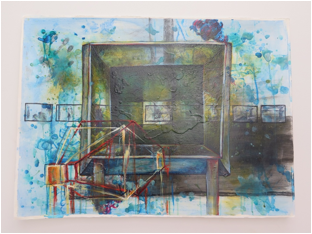
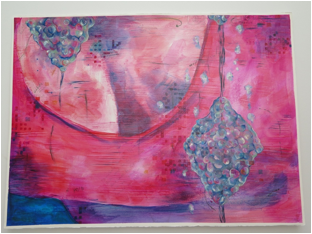
Figure 7 (above): Case study painting: Dominique Skoltz, y2o (2017) by Melanie Wilmink. Figure 8 (below): Case study painting: Pipilotti Rist, Pixel Forest (2017) by Melanie Wilmink. Photo credits: Melanie Wilmink.
Note
[1] I worked on the SSHRC-funded Atom Egoyan In Media Res project—a collaboration between Dr Christine Ramsay and Dr Rachelle Viader Knowles (University of Regina), Elizabeth Matheson (Strandline Curatorial Collective), and Timothy Long (MacKenzie Art Gallery).
References
1. Doane, Mary Anne. The Emergence of Cinematic Time: Modernity, Contingency, the Archive. Harvard UP, 2002.
2. Elkins, James. What Painting Is. Routledge, 2000.
3. McIntyre, Daniel. Personal Communication. 3 Feb. 2018.
4. Skoltz, Dominique. y2o. Film and exhibition, www.y2ofilm.com. Accessed 16 May. 2019.
5. Sobchack, Vivian. The Address of the Eye: A Phenomenology of Film Experience. Princeton
UP, 1991.6. Wilmink, Melanie. “Doorways to an Urban Mirage: Urbanity and the Situated Cinema Project.” Canadian Journal of Film Studies, vol. 27, no. 1 (Spring 2018), pp. 44–58.
7. ---. “Light Leaks: Intermedial Aesthetics and Affective Experiences in the Situated Cinema Project.” Sculpting Cinema, edited by Melanie Wilmink and Solomon Nagler, Pleasure Dome, 2018, pp. 31–47.
Suggested Citation
Wilmink, Melanie. “Surface and Light: Thinking through Moving Images.” Alphaville: Journal of Film and Screen Media, Crossing the Boundary: The Theory & Practice Dossier, no. 17, 2019, pp. 169–178. https://doi.org/10.33178/alpha.17.11.
Melanie Wilmink is a PhD candidate in Art History and Visual Culture at York University (Toronto, Canada). With a dissertation focus on the interconnectivity between spectatorial experience and exhibition spaces, her ongoing research was developed through her time as Programming Coordinator for the Calgary Society of Independent Filmmakers and its $100 Film Festival (an avant-garde Super 8 and 16mm event established in 1992), as well as her independent curating practice. Wilmink’s most recent publishing includes her coedited anthology, Sculpting Cinema (Spring 2018).





